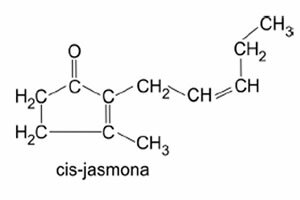Fluorescent lamps contain small amounts of the element mercury (Hg), highly toxic substance. In Brazil, around 100 million fluorescent lamps are consumed per year. Of this total, 94% are disposed of in landfills, without any type of treatment, contaminating the soil and water with heavy metal.
To minimize the environmental impact, studies have developed a system that recovers the components present in lamps, reusing more than 98% of the raw material used in manufacturing.
recycling process: through a vacuum system associated with high temperatures, the equipment separates mercury, a toxic metal with a high risk of contamination of other elements such as copper, phosphoric powder, glass and aluminum, enabling the recycling of these materials by industry.
- How fluorescent lamps contaminate groundwater? Fluorescent light bulbs are thrown away and join thousands of others in landfills. Mercury that was inside the lamp is released into the ground when it breaks, this metal hits then the water table with the help of leachate, the liquid released by the decomposition of the garbage organic. This event harms the environment by contaminating rivers, crops, animals, and finally men. Severe mercury poisoning can cause respiratory, neurological, gastrointestinal and even killing problems.
Do not stop now... There's more after the advertising ;)
In Germany and the United States, it is already prohibited to throw fluorescent lamps in the common garbage. The equipment is collected separately and recycled, unfortunately in Brazil there are very few companies that carry out the recycling of these lamps, and they mainly serve industries.
By Líria Alves
Graduated in Chemistry
See more!
recycling packaging
Would you like to reference this text in a school or academic work? Look:
SOUZA, Líria Alves de. "Recycling of fluorescent lamps"; Brazil School. Available in: https://brasilescola.uol.com.br/quimica/reciclagem-lampadas-fluorescentes.htm. Accessed on June 28, 2021.

